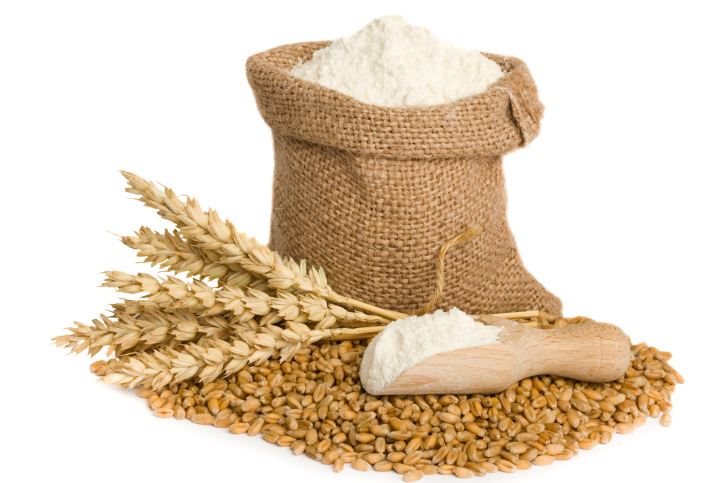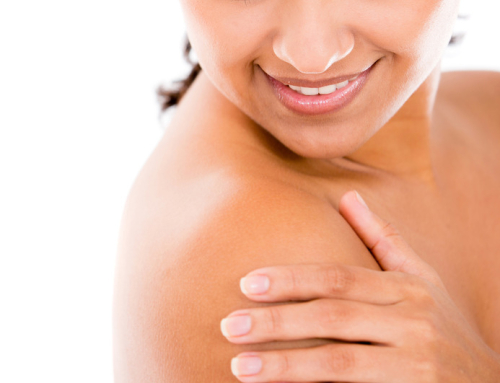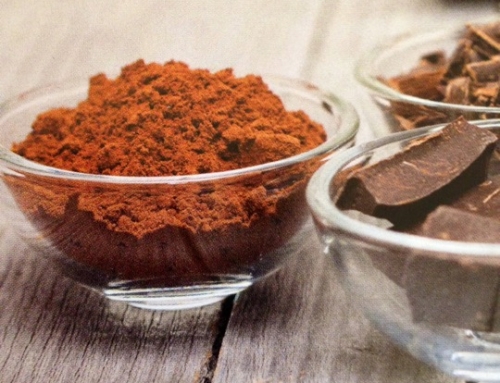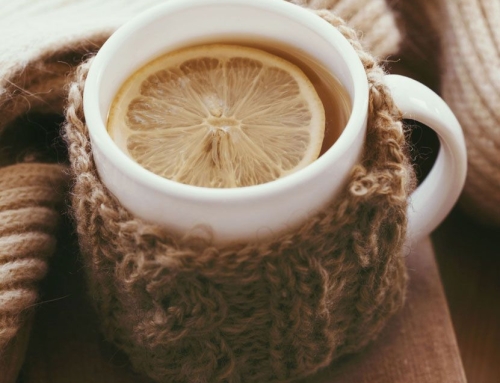We know that by eating healthy foods our skin will be healthy too, however, some foods that are generally regarded as healthy can be causing skin problems like Acne, Rosacea, Psoriasis and Eczema. I will explain how eating flour can affect your skin.
When my clients come to me with inflammatory skin conditions such as rosacea, acne, psoriasis or eczema, they want to know what I can do to help them. They have tried everything – from topical creams, steroids and antibiotics to expensive skin care products & invasive facial treatments. Sometimes their skin gets better for a while, but the problems return. It becomes a vicious cycle and it takes a toll, creating stress and worry that their skin will never be healthy again and that nobody can help them. Often times there’s an important step being overlooked:
Discovering the source of their problem.
Part of the discovery process is examining my client’s diet. Here’s why:
There is a direct correlation between what we eat and inflammatory skin conditions. The majority of inflammation comes from the digestive tract, the gut. One of the most common sources of inflammation comes from eating refined flour.
Flour: Friend or Foe?
When ground into flours, most grains act like sugar in the body, triggering weight gain, inflammation, and blood-sugar imbalances, and are linked to skin problems like acne, psoriasis, rosacea and eczema.
Flours are produced by crushing grains into fine powders, which form the basis not just for bread, but for a huge variety of processed foods. The average American now eats 10 servings of refined grains each day!
History of Flour
Flour was created as a solution to a problem: grass seeds were plentiful, but the tough outer shell (the husk) made the seeds difficult to chew and digest. Hundreds of years ago, we learned to grind and crush the seeds between stones. The result was a coarse powder — the first whole-grain flour.
Unfortunately, crushing the germ released its oils, which quickly turned rancid when exposed to air. In the late 1800s, milling machines were used to filter out the germ and pulverized the remaining endosperm into a fine, white powder that lasted on the shelf for months.
The Greatest Thing Since Sliced Bread? Actually – No!
The downside to this marvelous technology is that this process also removes most of the vitamins, minerals, phytonutrients and fiber. Crushed grains digest faster. Quick digestion causes blood sugar levels to spike, which causes a rise in insulin.
The result? Not only are you hungry two hours later, but you are also paving the way for insulin resistance, diabetes and skin problems.
Foods made with wheat flour are particularly damaging. Amylopectin A (a carbohydrate in wheat) converts to blood sugar faster than any other carbohydrate. Two slices of bread made with whole-wheat flour raise blood sugar higher than six teaspoons of table sugar and higher than many candy bars.
The Great Grain Dilemma
The wheat we eat today is not the same wheat our ancestors ate hundreds of years ago. Genetic alterations made to increase crop production have resulted in a modified form of gliadin, the main protein found in wheat gluten. Gliadin releases the same “feel-good” effect as sugar by crossing the blood-brain barrier and binding with its opiate receptor. The chemical structure of gluten is similar to proteins found in tissues of organs such as the thyroid and pancreas. Antibodies can be created in response to gluten and gliadin, which attack those organs and ultimately cause autoimmune diseases like Hypothyroidism, Celiac Disease and Type 1 Diabetes.
The Gluten/Inflammation Connection
When gluten is digested, the result is an excess of sugar (glucose) in the bloodstream. When glucose lingers in the blood, it latches on to nearby proteins. The result is a chemical reaction called glycation. Glycation is a pro-inflammatory process that plays a huge role in most inflammatory diseases — everything from hormone disorders and heart disease – and nearly every problematic skin condition. In addition, lectins in gluten inflame the lining of the digestive tract and can create cracks between cells. These cracks can eventually lead to “Leaky Gut”, in which substances such as toxins, microbes, undigested food, or waste leak through and become free-floating monsters of inflammation.
Taking Back the Reins and Breaking the Chains
Making healthier choices can seem daunting at first, especially if you don’t know where to start. Here is a list of food choices to help get you on the right path to reducing inflammation inside and out:
- Choose whole-kernel grains. When possible, choose grains such as wild rice, quinoa, millet, hulled barley and minimally-processed grains, such as steel-cut oats. They digest slowly, won’t spike your blood sugar and will satisfy your hunger longer.
- Eat sprouted grains. Foods made with sprouted grains are easier to digest and their nutrients are more easily absorbed than foods made with conventional grains. Sprouted grains also tend to be higher in protein, which can help regulate the rate at which the grains’ sugars are metabolized. Learn more about the benefits, preparation and recipes for Sprouted Grain.
- Bake with nut or seed meals. Meals made from ground nuts and seeds, such as almonds, cashews, coconut and flax can be substituted for flour in baking recipes and for breading on meats or seafood. Nut and seed meals are higher in protein and lower in carbohydrates.
- Read flour labels. To be labeled “whole grain,” the entire contents of the original kernel must be present. That includes the bran, germ and endosperm. The glycemic index of whole-grain flour is almost the same as white flour. If you choose to transition your diet slowly, this is a good starting point because whole-grain flour is nutritionally superior to refined white flour because it retains the kernel’s original nutrients, including some of the antioxidants, which can combat inflammation.
- Take a flour sabbatical. Unsure if flour is the culprit? Avoid flour-based foods for a week. I recommend that my clients with inflammatory skin problems go flour-free for seven days. Avoiding flour, even for this short time, can help restore balance in the body by stabilizing blood sugars, soothing inflammation and increasing gut motility.
Your skin’s health is directly linked to every organ and system in your body. When one internal system fails to operate at optimum levels, it affects another. This chain reaction will present itself on the surface of your body!
Because the skin is a mirror of what’s going on inside the body, once balance is restored, you’ll be happy with your reflection.
At Skin Solutions by Lani, I incorporate healthy eating strategies along with skincare solutions to create improvements in your skin’s overall health. Let’s work together to help you look good and feel better!
For your convenience, I offer both in-office and virtual consultations.
To find out what the solution is to your skin problem, book online today!







I’m not sure if I understand this point below about whole-grain flour. It states the GI of whole-grain is the same as refined white flour, so it is best avoided or is it just better to replace refined white flour with whole-grain with the aim of eventually cutting out all flour products from your diet?
I’m now certain flour products wreak havoc with my skin and have done for years and I personally rarely touch white flour.
I will take your advice to do the 7 day elimination of all flour products. That’s a great tip and very timely. Thank you Lani.
“Read flour labels. To be labeled “whole grain,” the entire contents of the original kernel must be present. That includes the bran, germ and endosperm. The glycemic index of whole-grain flour is almost the same as white flour. If you choose to transition your diet slowly, this is a good starting point because whole-grain flour is nutritionally superior to refined white flour because it retains the kernel’s original nutrients, including some of the antioxidants, which can combat inflammation.”
If eliminating flour cold turkey is hard for you, substituting almond flour works really well. It has a lower carbohydrate count and tastes really good too! Good luck!